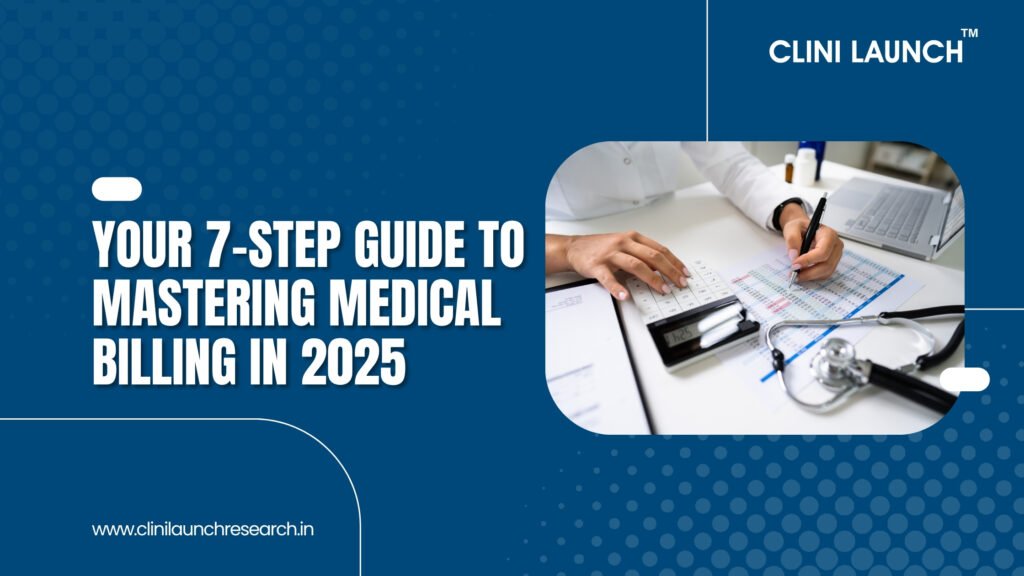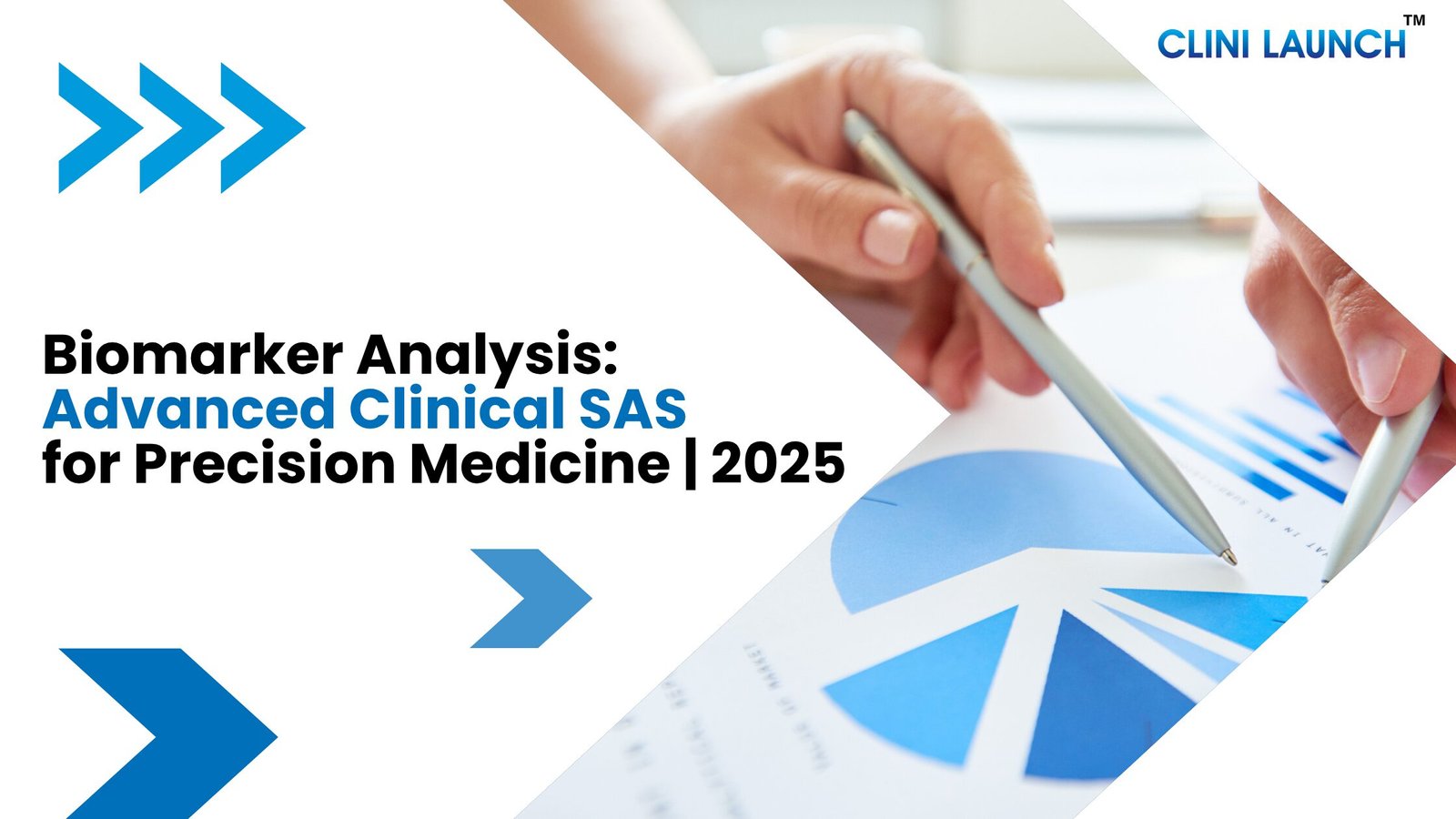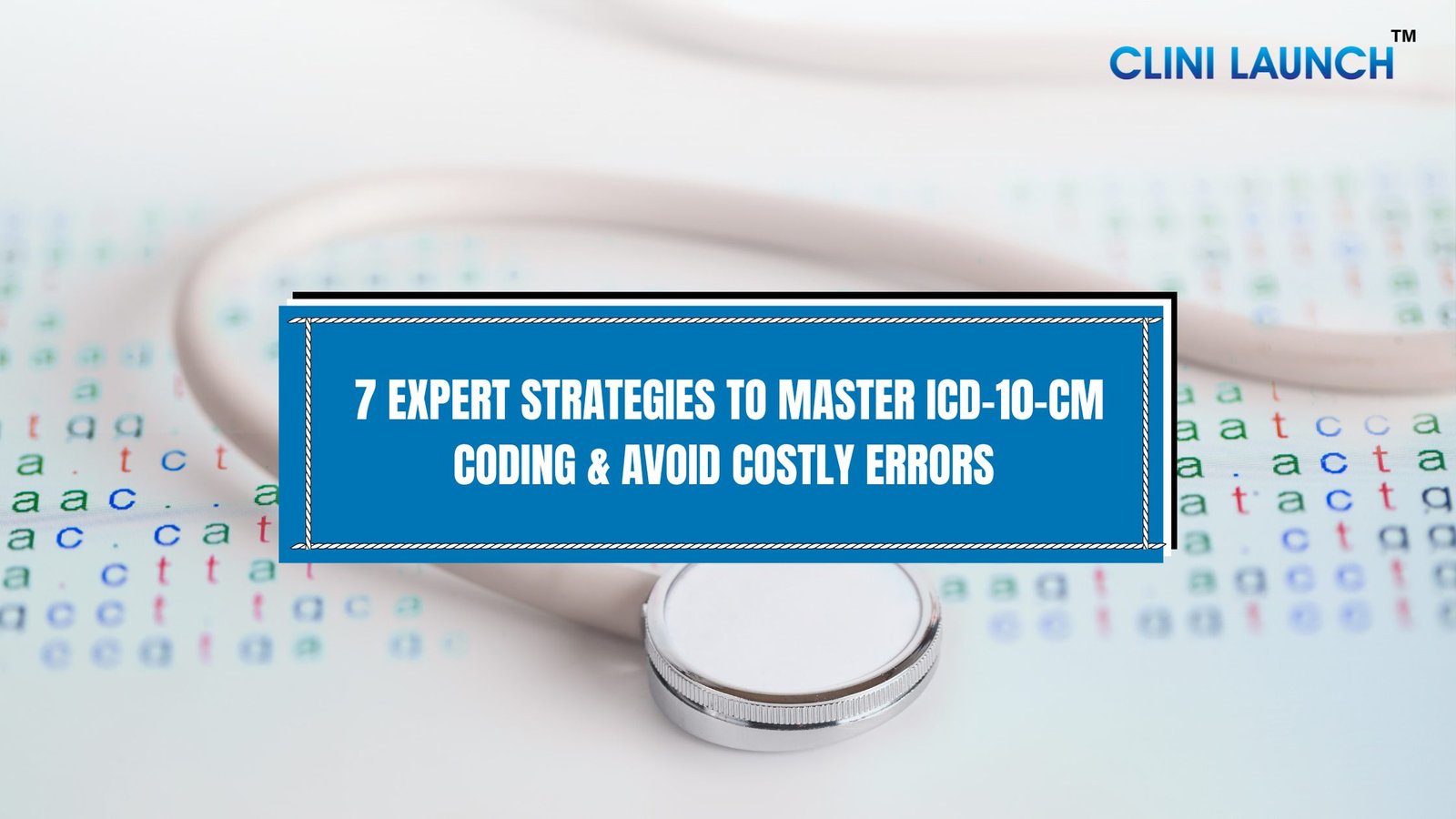In the ecosystem of healthcare, while the focus often remains on patient care and advanced medical treatments, there’s a vital, often unseen, process that keeps the entire system functioning: medical billing. Far more than just sending invoices, medical billing is the sophisticated mechanism that translates healthcare services into financial claims, ensuring that providers are compensated for their invaluable work. It’s the bridge connecting patients, healthcare providers, and insurance companies, orchestrating the financial flow that underpins the delivery of quality care.
For anyone involved in healthcare, from administrators to aspiring professionals, a profound understanding of medical billing is not merely advantageous—it’s essential. This comprehensive guide will demystify the complexities of medical billing, exploring its core principles, its symbiotic relationship with medical coding, and the critical steps involved in a successful revenue cycle. We’ll delve into key terminology, common challenges, and best practices to ensure your medical and billing operations are as efficient and profitable as possible.
Enroll Now: Medical coding
Integrating Medical Billing and Medical Coding
To understand medical billing, one must first appreciate its inseparable partner: medical coding. These two disciplines are two sides of the same coin, both crucial for accurate and efficient healthcare reimbursement.
Medical coding is the process of transforming healthcare diagnoses, procedures, medical services, and equipment into universal medical alphanumeric codes. These codes provide standardized language that allows for clear communication across different healthcare entities, including providers, payers, and regulatory bodies. The most common coding systems include:
- ICD-10 (International Classification of Diseases, 10th Revision): Used for reporting diagnoses and inpatient procedures. For instance, a diagnosis of “Type 2 diabetes mellitus” will have a specific ICD-10 code.
- CPT (Current Procedural Terminology): Developed by the American Medical Association (AMA), CPT codes describe medical, surgical, and diagnostic services. Every office visit, surgical procedure, or lab test has a corresponding CPT code.
- HCPCS (Healthcare Common Procedure Coding System) Level II: This system covers products, supplies, and services not included in CPT codes, such as ambulance services, durable medical equipment, and certain drugs.
Once medical services are meticulously coded, the medical biller takes over. The medical bill that goes to the payer is built upon these precise codes. The biller’s role is to review the patient’s medical records, apply the correct codes, compile this information into a claim, and then submit it to the appropriate insurance company for reimbursement. Without accurate coding, the billing process would halt, leading to claim denials and significant revenue loss. This close partnership highlights why a strong foundation in medical coding is often a prerequisite for a successful career in medical billing.
The Pivotal Contributions of the Medical Billing Professional
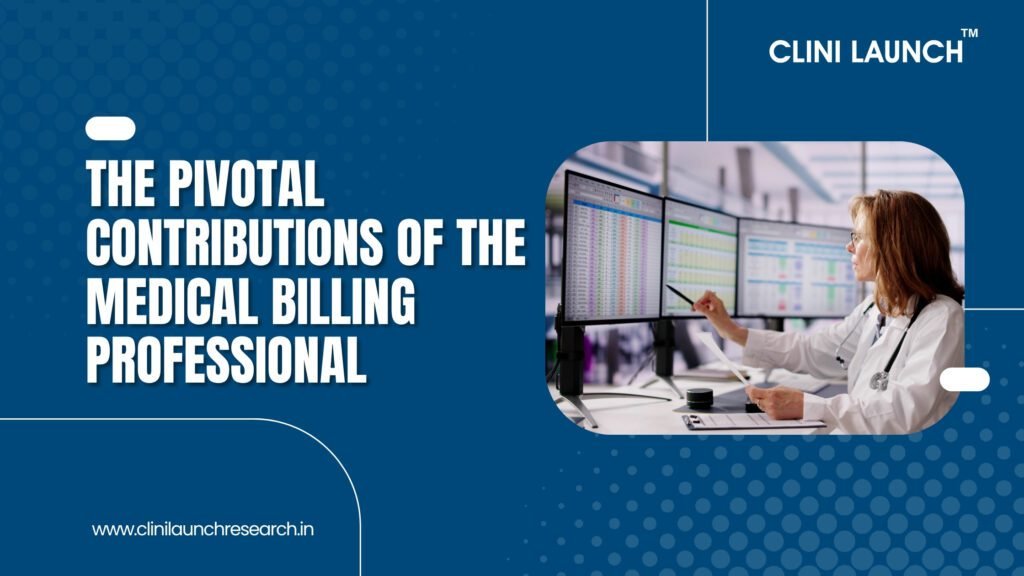
A medical biller is the financial backbone of any healthcare practice or organization. Their responsibilities extend far beyond simply processing payments; they are revenue cycle managers, compliance experts, and crucial liaisons between patients, providers, and payers. A skilled medical biller ensures that a physician’s services are appropriately reimbursed, directly impacting the financial health and sustainability of the practice.
Key responsibilities of a medical biller include:
- Patient Registration and Information Collection: Gathering comprehensive demographic, medical history, and insurance details from patients.
- Claim Preparation and Submission: Transforming patient encounters into accurate claims using appropriate diagnosis (ICD) and procedure (CPT/HCPCS) codes. This includes creating “superbills” from medical records.
- Claim Tracking and Follow-up: Monitoring the status of submitted claims, identifying and resolving any issues such as rejections or denials.
- Payment Posting: Accurately applying payments received from insurance companies and patients to the respective accounts.
- Patient Billing and Communication: Billing patients for any remaining balances (co-pays, deductibles, non-covered services) and handling patient inquiries regarding their bills.
- Compliance Adherence: Ensuring all billing practices comply with federal regulations (like HIPAA) and payer-specific guidelines to prevent fraud and abuse.
- Accounts Receivable Management (AR): Proactively managing outstanding claims and patient balances to optimize revenue flow.
A knowledgeable and efficient medical biller is an invaluable asset, capable of significantly enhancing the revenue performance and operational efficiency of any healthcare entity. They navigate the labyrinthine rules of various insurance payers, ensuring that every service rendered results in appropriate reimbursement.
The Medical Billing Process: A Comprehensive 8-Step Journey
The medical billing process is a methodical series of steps, each critical to the successful collection of payments for healthcare services. Understanding this cycle, also known as the revenue cycle management (RCM), is fundamental to minimizing errors, reducing claim denials, and maximizing revenue.
- Patient Registration and Verification: The journey begins with the patient. When a patient registers for an appointment or service, the billing department collects crucial information: full name, date of birth, contact details, and most importantly, their health insurance information. This initial data collection must be meticulous, as any inaccuracies here can lead to rejections down the line.
- Insurance Eligibility and Benefits Verification: Before any service is rendered, it is significant to verify the patient’s insurance coverage. This step involves contacting the insurance company (either electronically or via phone) to confirm active coverage, identify the primary and secondary payers, understand specific benefits for the planned services, and determine patient financial responsibilities such as co-payments, deductibles, and co-insurance. This proactive check prevents billing surprises for both the patient and the provider.
- Medical Coding: After the patient encounter, the healthcare provider’s documentation (e.g., physician notes, lab results, surgical reports) is reviewed by a medical coder. This is where medical coding comes into play. The coder assigns specific ICD-10 diagnosis codes (explaining why the service was necessary) and CPT or HCPCS procedure codes (describing what services were performed). Modifiers may also be appended to CPT codes to provide additional context. Accuracy in this step is non-negotiable; incorrect codes are a leading cause of claim denials.
- Charge Entry and Claim Generation (Superbill to Claim): The coded information is then entered into the practice management or billing software. This data, often originating from a “superbill” (a document summarizing services provided and codes), forms the basis of electronic claim. The system compiles all relevant patients, providers, services, and diagnostic information into a standardized format, typically the CMS-1500 form for professional claims. This electronic claim is then ready for submission.
- Claim Submission: Once generated, the claim is submitted to the payee. Many claims are submitted electronically through a clearinghouse. A clearinghouse acts as an intermediary, scrubbing claims errors and ensuring they meet payer-specific requirements before forwarding them. This process significantly reduces errors and speeds up reimbursement compared to manual submission. Some larger practices may submit claims directly to payers that support it.
- Claim Adjudication and Payment Posting: Upon receiving the claim, the insurance company begins the adjudication process. This involves reviewing the claim for medical necessity, coverage, coding accuracy, and compliance with policy terms. The payer will then decide to approve, deny, or partially pay the claim. The outcome is communicated via an Explanation of Benefits (EOB) for commercial payers or an Electronic Remittance Advice (ERA) for electronic payments. The medical biller then posts these payments and adjustments to the patient’s account in the billing system. Denied claims are flagged for immediate follow-up.
- Patient Billing and Follow-up: After the insurance company has paid its portion, any remaining balance becomes the patient’s responsibility. The medical biller generates a detailed patient statement outlining the services provided, the amount covered by insurance, and the outstanding balance. These statements are sent to the patient, usually with clear instructions on how to pay. The billing team then follows up on overdue patient accounts, sometimes involving payment plans or collection efforts if necessary.
- Accounts Receivable Management: This ongoing process involves continually monitoring all unpaid claims and patient balances. The medical billing team actively works to resolve any outstanding issues, re-submit corrected claims, appeal denials, and pursue payments from both payers and patients. Effective AR management is crucial for maintaining a healthy revenue cycle and preventing revenue leakage.
Essential Terminology in Medical Billing and Insurance
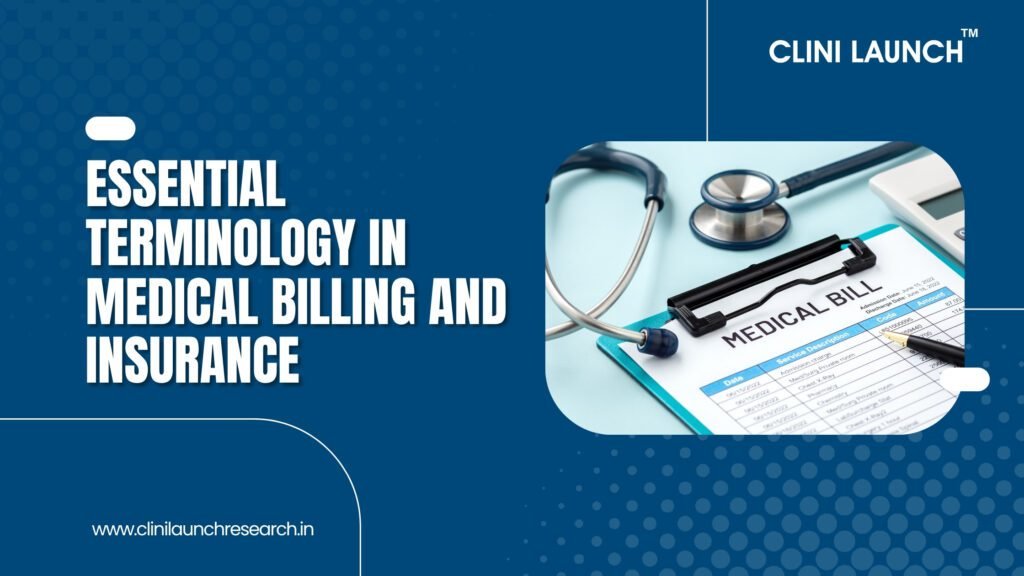
Navigating the world of medical and billing requires familiarity with a specific lexicon. Understanding these terms is key to effective communication and successful claim processing.
- Accounts Receivable (AR): Money owed to the practice for services rendered but not yet collected. Effective AR management is vital for financial health.
- Adjudication: The process by which an insurance company reviews a claim and determines the amount it will pay.
- Advance Beneficiary Notice of Noncoverage (ABN): A notice given to beneficiaries in Original Medicare to sign before services are provided, informing them that Medicare may not pay for certain services.
- Allowed Amount: The maximum amount an insurance plan will pay for a covered healthcare service.
- Applied to Deductible (ATD): The portion of the allowed amount that the patient is responsible for paying before the insurance coverage kicks in fully.
- Assignment of Benefits (AOB): An agreement by which the patient authorizes their insurance carrier to pay their healthcare provider directly.
- Authorization: Approval from the health plan for a member to obtain services from a provider. Often required for specialist visits, surgeries, or expensive procedures.
- Claim Adjustment Reason Code (CARC): Codes used on an ERA/EOB to explain why a claim line item was adjusted.
- Clearinghouse: An intermediary that scrubs medical claims for errors and sends them to insurance companies.
- Co-insurance: The percentage of the cost of a covered healthcare service you pay after you’ve paid your deductible. (e.g., 20% co-insurance means you pay 20% of the allowed amount).
- Co-payment (Co-pay): A fixed amount you pay for a covered healthcare service, usually when you receive the service.
- Credentialing: The process of verifying a healthcare provider’s qualifications, licenses, and experience.
- Deductible: The amount you must pay for healthcare services before your health insurance begins to pay.
- Denied Claim: A claim that an insurance company refuses to pay due to various reasons (e.g., lack of medical necessity, incorrect coding, non-covered service).
- Electronic Data Interchange (EDI) Enrollment: The process of setting up electronic communication between a provider and a payer for claim submission and remittance.
- Electronic Funds Transfer (EFT): Electronic payment from the insurance company directly into the provider’s bank account.
- Explanation of Benefits (EOB): A statement sent by the health insurance company to the patient explaining what medical treatments and/or services were paid for on their behalf.
- Rejected Claim: A claim that contains errors or omissions and is returned to the provider by the clearinghouse or payer before it enters the adjudication process. It needs correction and re-submission.
- Revenue Cycle Management (RCM): The entire administrative and clinical process that tracks patient care, from appointment scheduling to the final payment for a service.
Challenges and Best Practices in Modern Medical Billing
Despite its structured process, medical billing is fraught with challenges that can significantly impact a practice’s financial health. Understanding these hurdles and implementing best practices is crucial for success.
Common Challenges:
- Coding Errors: Incorrect ICD-10, CPT, or HCPCS codes are a primary reason for claim denials. This can stem from a lack of coding expertise or incomplete documentation.
- Payer-Specific Rules: Each insurance company has unique billing guidelines, rendering the process highly complex. What one payer accepts, another might reject it.
- Prior Authorizations: Many services require pre-approval from insurance companies, and failure to obtain it leads to denials.
- Outdated Patient Information: Inaccurate demographics or insurance details are common causes of rejections at the initial claim submission stage.
- Lack of Follow-up: Neglecting to track claims, appeal denials, or follow up on patient balances results in significant lost revenue.
- Understanding EOBs/ERAs: Misinterpreting remittance advice can lead to incorrect payment posting or failure to identify denial reasons.
- Staff Training and Turnover: A lack of ongoing training for billing staff or high turnover can lead to inconsistencies and errors.
- Cybersecurity Threats: Protecting sensitive patient data (PHI) during the billing process is paramount, with data breaches posing significant risks.
Best Practices for Optimized Medical and Billing:
- Invest in Continuous Education: Ensure your medical coding and billing staff receive ongoing training on the latest coding updates, payer policies, and industry regulations. Professional certifications are highly recommended.
- Thorough Eligibility Verification: Make insurance verification a standard procedure for every patient, every visit. This includes checking deductibles, co-pays, and prior authorization requirements.
- Accurate and Detailed Documentation: Stress the importance of comprehensive and accurate clinical documentation by providers. The medical record is the foundation for correct coding and billing.
- Leverage Technology: Utilize robust practice management and electronic health record (EHR) systems that integrate billing functionalities. Clearinghouses with strong claim-scrubbing capabilities are invaluable.
- Proactive Claim Monitoring: Don’t just submit and wait. Actively track claim statuses and address rejections and denials immediately. Implement a system for timely follow-up.
- Efficient Denial Management: Analyze denial trends to identify root causes. Develop a systematic process for appealing denials, ensuring all necessary documentation is included.
- Clear Patient Communication: Educate patients about their financial responsibilities upfront. Provide clear, understandable patient statements and multiple payment options.
- Regular Audits: Conduct internal and external audits of your billing processes and coded claims to identify errors and ensure compliance before they become major issues.
- Outsourcing Considerations: For practices struggling with in-house billing complexities, consider partnering with a reputable medical bill outsourcing company. This can streamline operations, reduce errors, and improve revenue.
- Focus on Revenue Cycle Management (RCM): Adopt a holistic approach to RCM, viewing the entire process from patient scheduling to payment as interconnected. Optimize each step to improve overall financial performance.
The Impact of Medical Billing on Healthcare Sustainability
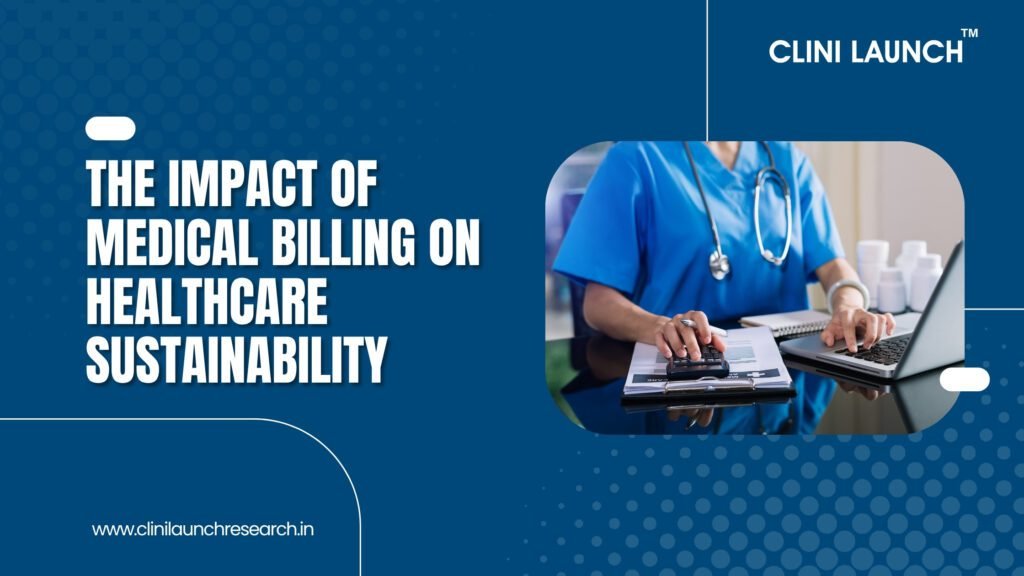
The efficiency and accuracy of medical billing directly influences the financial viability of healthcare providers. In a landscape of rising costs and evolving regulations, robust billing practices are not just about profit; they are about sustainability. When claims are accurately submitted and promptly paid, practices have the resources to invest in better equipment, attract top talent, and expand services, ultimately leading to improved patient outcomes. Conversely, a flawed billing process can lead to significant revenue leakage, cash flow problems, and even the closure of practices limiting access to care.
Furthermore, effective medical billing plays a crucial role in maintaining patient satisfaction. Transparent billing practices, clear communication about financial responsibilities, and prompt resolution of billing inquiries enhance the patient’s experience. A patient who understands their medical bill and feels treated is more likely to return for future services and recommend the practice to others.
The synergy between medical coding and billing, the meticulous adherence to process steps, and the continuous adaptation to industry changes are all vital for navigating the complex financial currents of healthcare. As healthcare continues to evolve, the demand for skilled med bill professionals who can optimize the revenue cycle will only grow.
To Sum Up
Medical billing is the modern healthcare industry, a complex yet rewarding field that demands precision, dedication, and continuous learning. From the initial patient encounter to the final payment, every step in the billing cycle is critical to ensuring the financial health of healthcare providers and maintaining access to quality care. By mastering the intricacies of medical coding, understanding the complete medical and billing process, and staying abreast of the evolving regulatory landscape, professionals in this field play an indispensable role in the smooth operation of healthcare.
Whether you are a healthcare administrator seeking to optimize your practice’s revenue cycle, a recent graduate looking to enter a dynamic field, or a professional aiming to enhance your skills, the journey into advanced medical billing is one of continuous growth and significant impact. The demand for highly skilled medical billers and coders continues to rise, driven by the ever-increasing complexities of healthcare finance.
Are you ready to elevate your expertise and become a leader in medical billing and coding?
CliniLaunch Research offers comprehensive courses and training programs designed to equip you with the knowledge and practical skills needed to excel in this vital field. Discover how our expert-led instruction and industry-aligned curriculum can transform your career.
Visit CliniLaunch Research today to learn more and enroll in our Medical Coding and Billing programs!
References
What is medical billing?
What is medical billing?
https://www.devry.edu/blog/what-is-medical-billing.html
Introduction to Medical Billing
https://www.medicalbillingandcoding.org/introduction-to-billing
Common Medical Billing and Insurance Terms You Should Know
https://www.fastpayhealth.com/blog/medical-billing-insurance-terms
Medical billing process 101
https://www.drcatalyst.com/blog/the-medical-billing-process-101-everything-you-need-to-know

